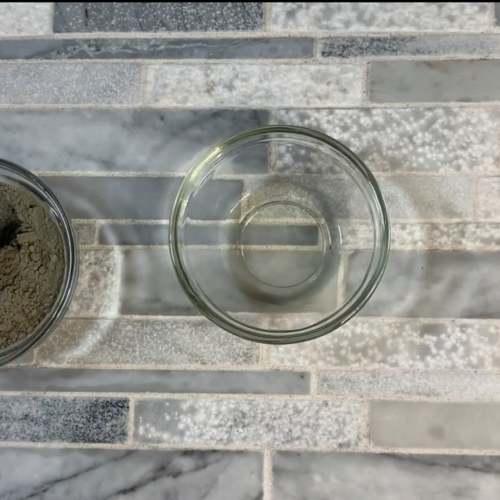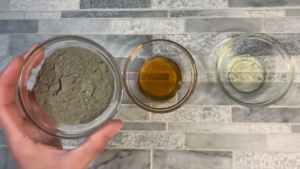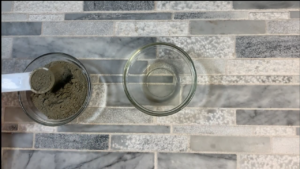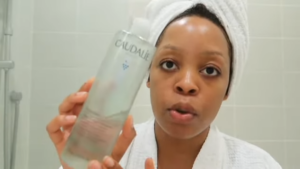
Craft Your Perfect Detox Mask
Creating your own detoxifying clay mask is simpler than you might think. This recipe combines the deep cleansing power of bentonite clay with soothing and balancing ingredients, making it ideal for rejuvenating your skin.
Equipment
- 1 Small ceramic or glass bowl (avoid metal as it can interfere with the clay’s properties)
- 1 Measuring spoon (tablespoon)
- 1 Face mask brush (for even application)
- 1 Stirring stick (non-metallic, like a plastic or wooden spoon)
Ingredients
- 1 tablespoon Aztec Healing Clay
- 1-2 tbsp witch hazel OR apple cider vinegar OR filtered water (use water if your skin is sensitive)
- 1 drop tea tree essential oil (optional but highly recommended)
Instructions
- Prepare Your Workspace: Gather all the ingredients and equipment needed. Ensure your face is clean and free of makeup or skincare products.

- Mix the Ingredients: In your small, non-metallic bowl, combine 1 tablespoon of Aztec Healing Clay with 1-2 tablespoons of your chosen liquid base (witch hazel, apple cider vinegar, or filtered water). Adjust the amount of liquid to achieve a smooth, spreadable consistency. Add 1 drop of tea tree essential oil if desired, and mix thoroughly with a non-metallic stirring stick.

- Apply the Mask: Using a face mask brush, apply the mixture evenly over your face, avoiding the sensitive areas around your eyes and lips. Ensure a consistent layer to allow even drying and effectiveness.

- Let It Work: Find a comfortable spot to relax while the mask sets. Leave it on for 10-20 minutes. For sensitive skin, aim for the shorter duration to avoid over-drying.

- Rinse Off: After the mask has dried to a slightly cracked finish, gently rinse it off with warm water. Avoid scrubbing, as this could irritate the skin. Pat your face dry with a soft towel. Follow up with your favorite moisturizer or hydrating serum to replenish and soothe your skin.

Video
Notes
Customize for Your Skin Type: If your skin is on the sensitive side, use filtered water instead of apple cider vinegar. Witch hazel can be a good middle ground, offering gentle astringent properties without the intensity of vinegar.
Consistency Control: The mask should have a thick, spreadable texture. If it’s too runny, add a bit more clay. If it’s too thick, add a few more drops of your liquid base.
Patch Test: Always do a patch test before applying the mask to your entire face to ensure there is no adverse reaction.